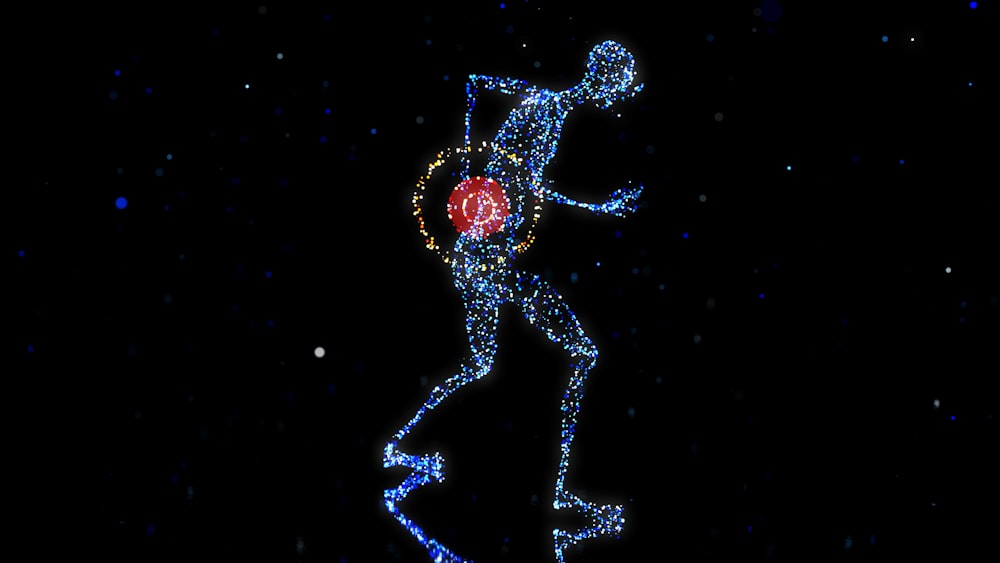Back pain is a common complaint many of us experience at some point in time – and yet, it’s often something that goes unaddressed. Whether due to work stress or simply sitting for long periods, dealing with chronic backaches can quickly become debilitating for anyone. But what if you could fight the discomfort before it becomes too much?
In this blog post, we’ll discuss ways to address back pain through self-care measures such as exercise and stretching, proper ergonomic practices, nutritionally beneficial foods, supplements on occasion, and more. Don’t just settle when the aches start – gain control over your body’s health so you can live an active life again!
Seeking Professional Guidance
If self-care measures and lifestyle modifications aren’t enough to alleviate your back pain, it’s time to consider seeking professional help. A trained physical therapist or orthopedic specialist can offer customized exercises and treatment plans tailored to your specific condition. They can provide manual therapy, offer advice on posture and ergonomics, and suggest safe and effective strengthening exercises.
A local expert can help you determine the root cause of your back pain and work with you to create a personalized treatment plan that meets your needs and goals. So whether you need a back pain doctor in Plano, Texas, or a physical therapist in New York City, don’t hesitate to seek professional guidance when needed. This can make a significant difference in managing your back pain and preventing future flare-ups. Just remember to communicate openly and honestly with your healthcare provider, so they can provide the best care for you.
Assessing the Severity
Determining the severity of your back pain is crucial to deciding upon the next steps for treatment. Acute back pain often lasts less than six weeks and may pass with self-care measures. However, chronic back pain extends beyond six weeks, sometimes even after the initial injury or cause has been treated. Some signs of severe back pain include consistent or sharp pain, difficulty walking or standing, numbness or tingling in the lower extremities, and even weight loss without dieting. If you’re experiencing any of these symptoms, it’s essential to consult with a medical professional immediately. They can provide a comprehensive evaluation and appropriate diagnostic tests to get to the root of your pain and guide you through the right treatment plan.
Rest and Gentle Stretching
When back pain strikes, one of the most effective initial steps is rest and gentle stretching. It’s essential to listen to your body and not overdo it – allowing your body time to recover can be beneficial. However, extensive periods of bed rest can lead to muscle stiffness, so moderate activity is encouraged.
Gentle stretching exercises can also be helpful. They can ease muscle tension, improve flexibility, and promote mobility. Some beneficial stretches can include the knee-to-chest stretch, lower back rotational stretch, and the seated lower back rotational stretch. However, it’s important to remember that everyone’s body is different, and what works for one person may not work for another.
Before starting any stretching routine, it’s a good idea to consult with a healthcare professional to ensure you’re performing the right exercises for your specific condition. If any stretch causes discomfort or increases pain, stop immediately. The goal is to aid your body’s healing process, not to push it to further pain or injury.
Applying Ice or Heat
A common remedy for back pain is the application of ice or heat. Initially, you might find relief by applying ice packs to the painful area for up to 20 minutes several times a day. Ice can reduce inflammation and numb the affected area, which can alleviate acute pain, particularly in the initial days after an injury.
Heat therapy, on the other hand, is effective for relieving chronic back pain or stiffness by promoting blood flow and relaxing the muscles. You can use a heating pad, hot water bottle, or even take a warm bath for 15 to 20 minutes to provide heat treatment.
It’s key to remember not to apply ice or heat directly to the skin. Always wrap the ice pack or heating pad in a towel to prevent skin damage. Also, if you have any pre-existing conditions such as diabetes, vascular diseases, or dermatitis, or are pregnant, consult with a healthcare professional before applying ice or heat as a remedy for back pain.
In conclusion, back pain can affect anyone, but there are many ways to manage and alleviate the discomfort. From self-care measures like exercise and stretching to seeking professional guidance and assessing the severity of your pain, it’s essential to take a proactive approach to addressing backaches. Remember to listen to your body, consult with a healthcare professional when needed, and never ignore chronic or severe back pain as it could be an indicator of a more serious underlying condition. Take control of your back pain and start living an active and healthy life today!
Published by HOLR Magazine.




